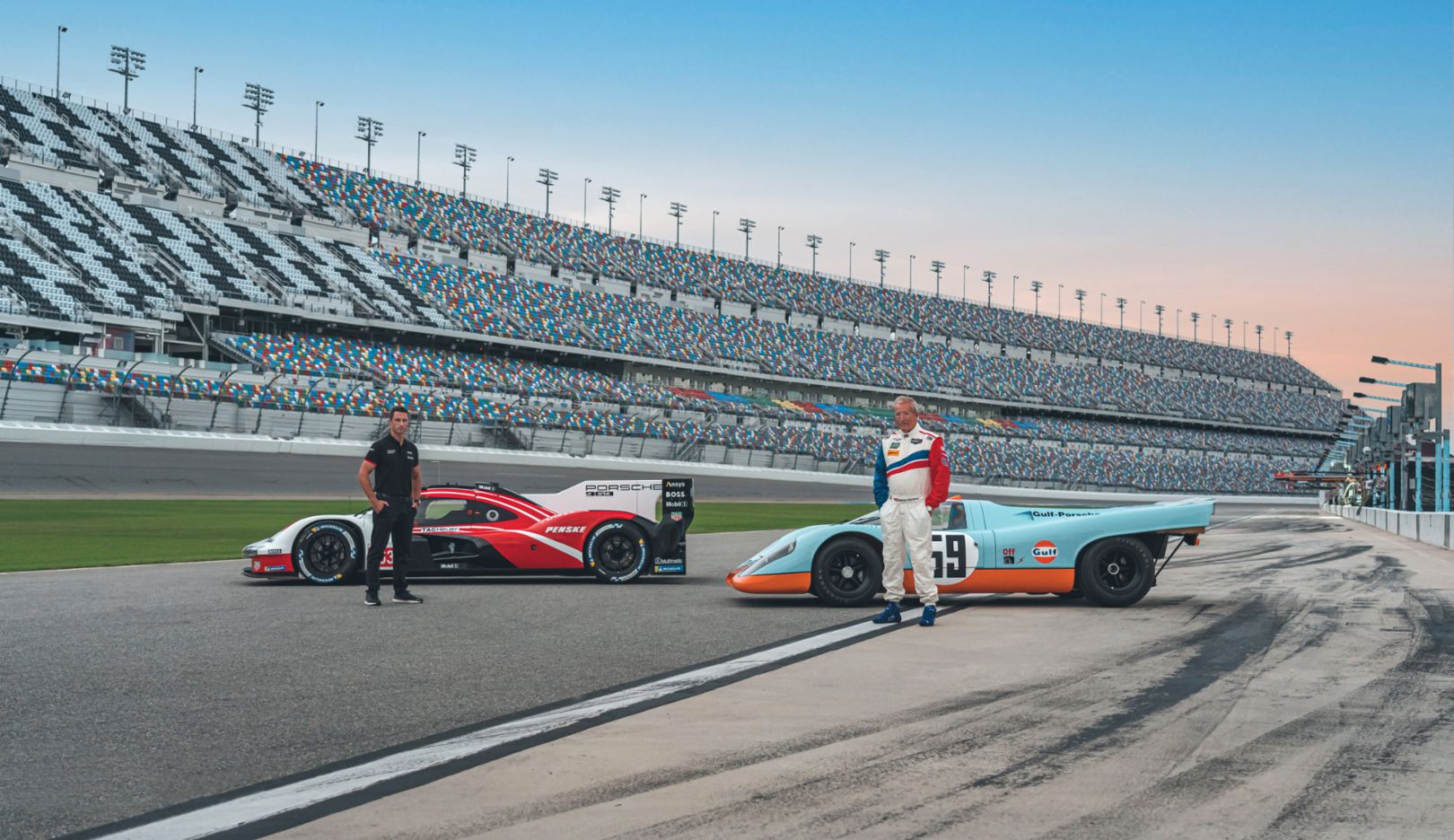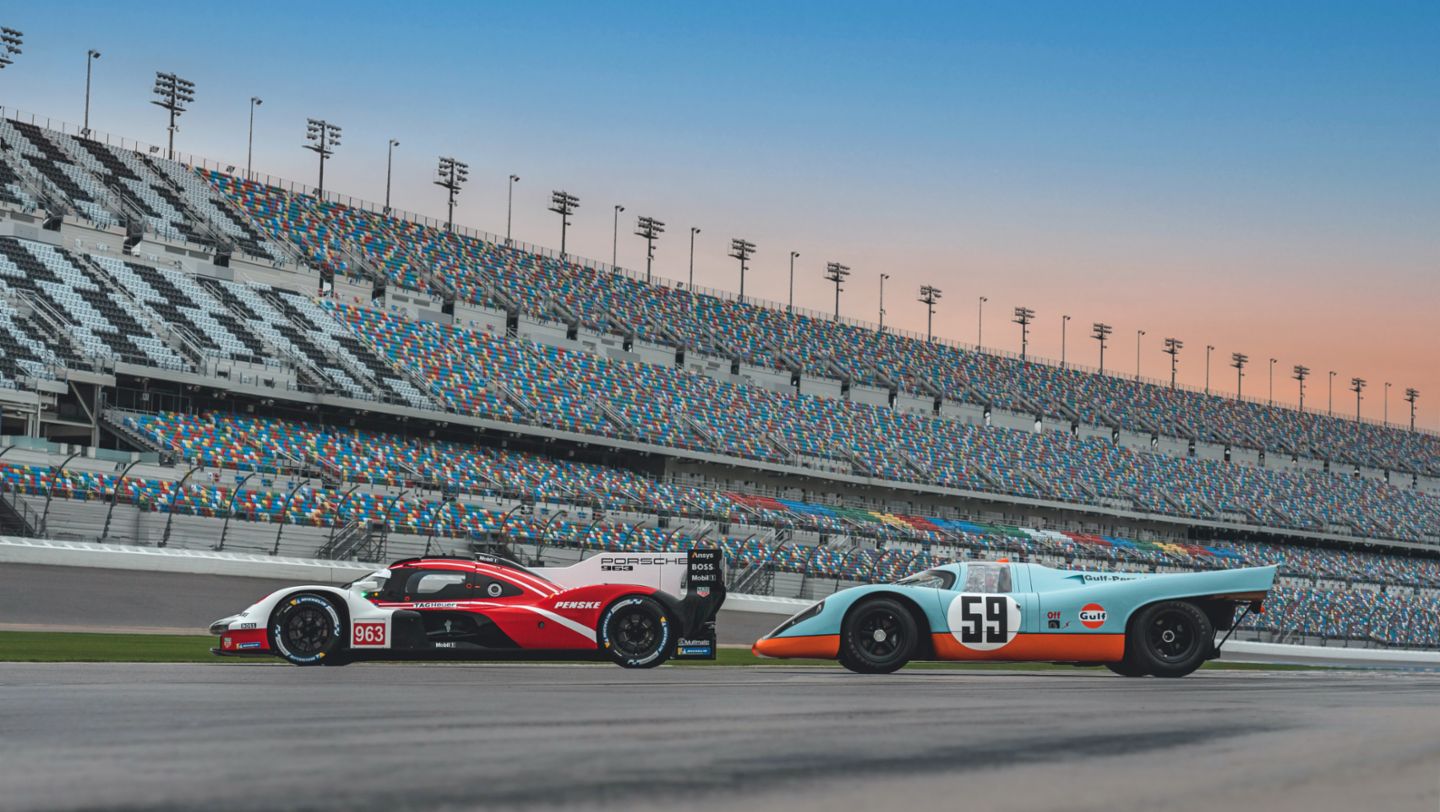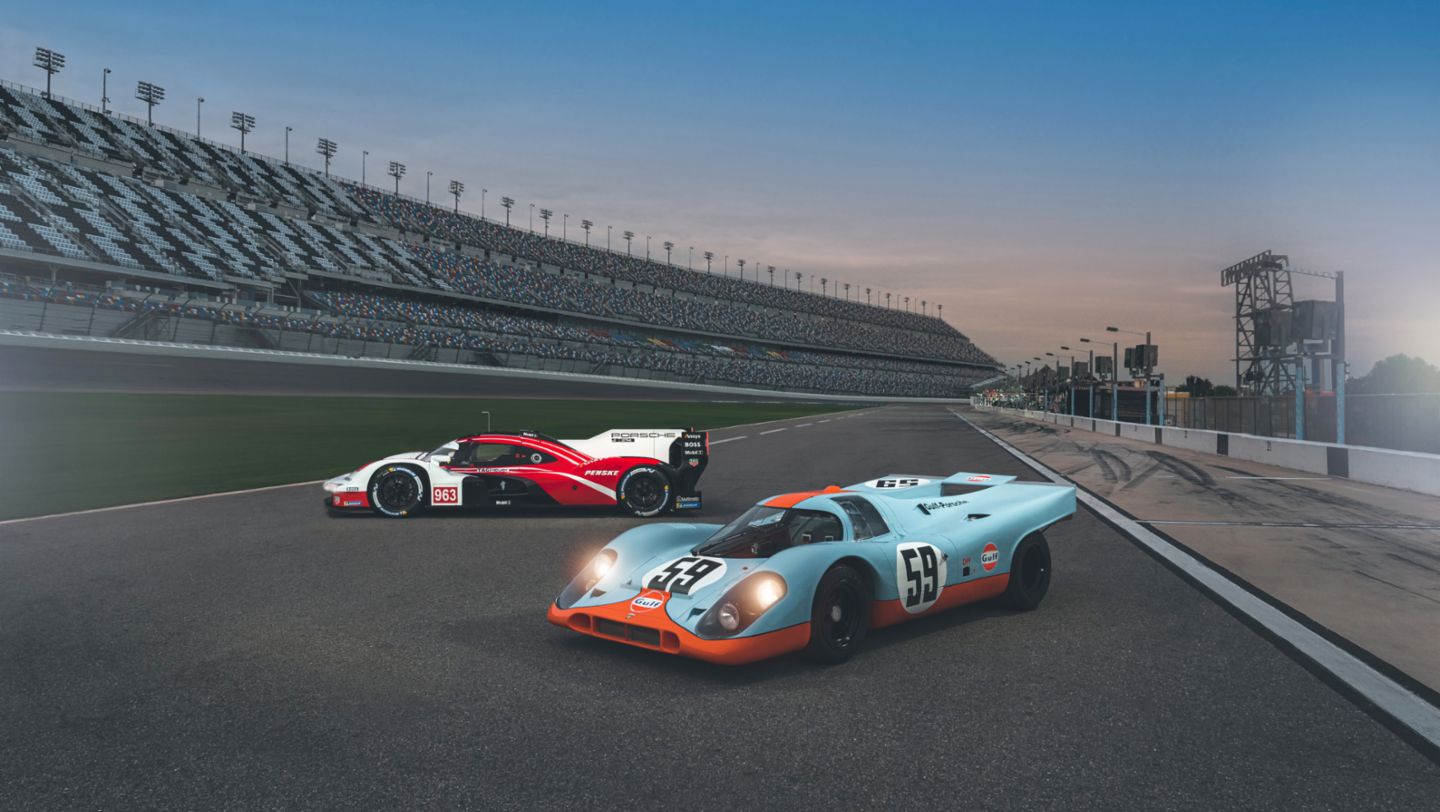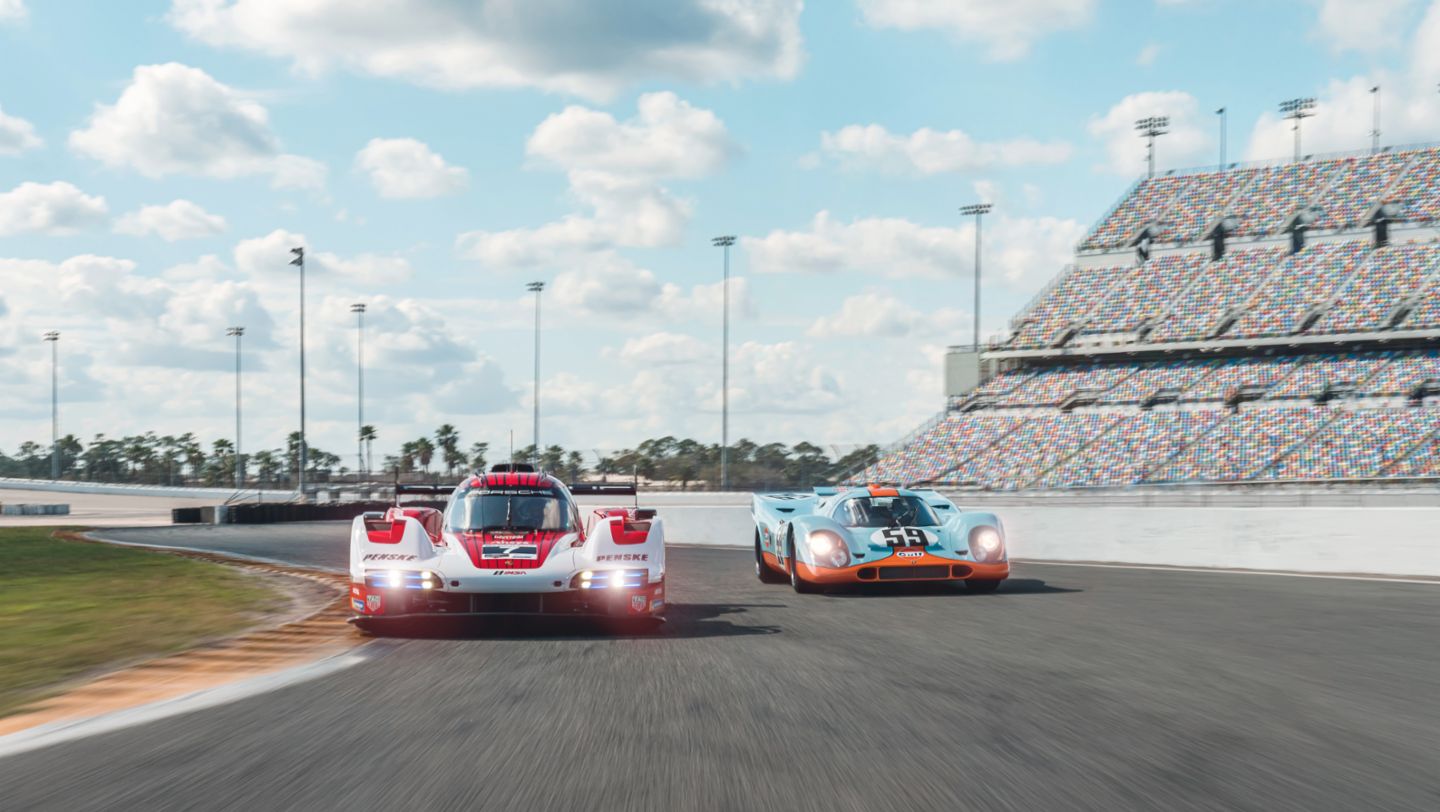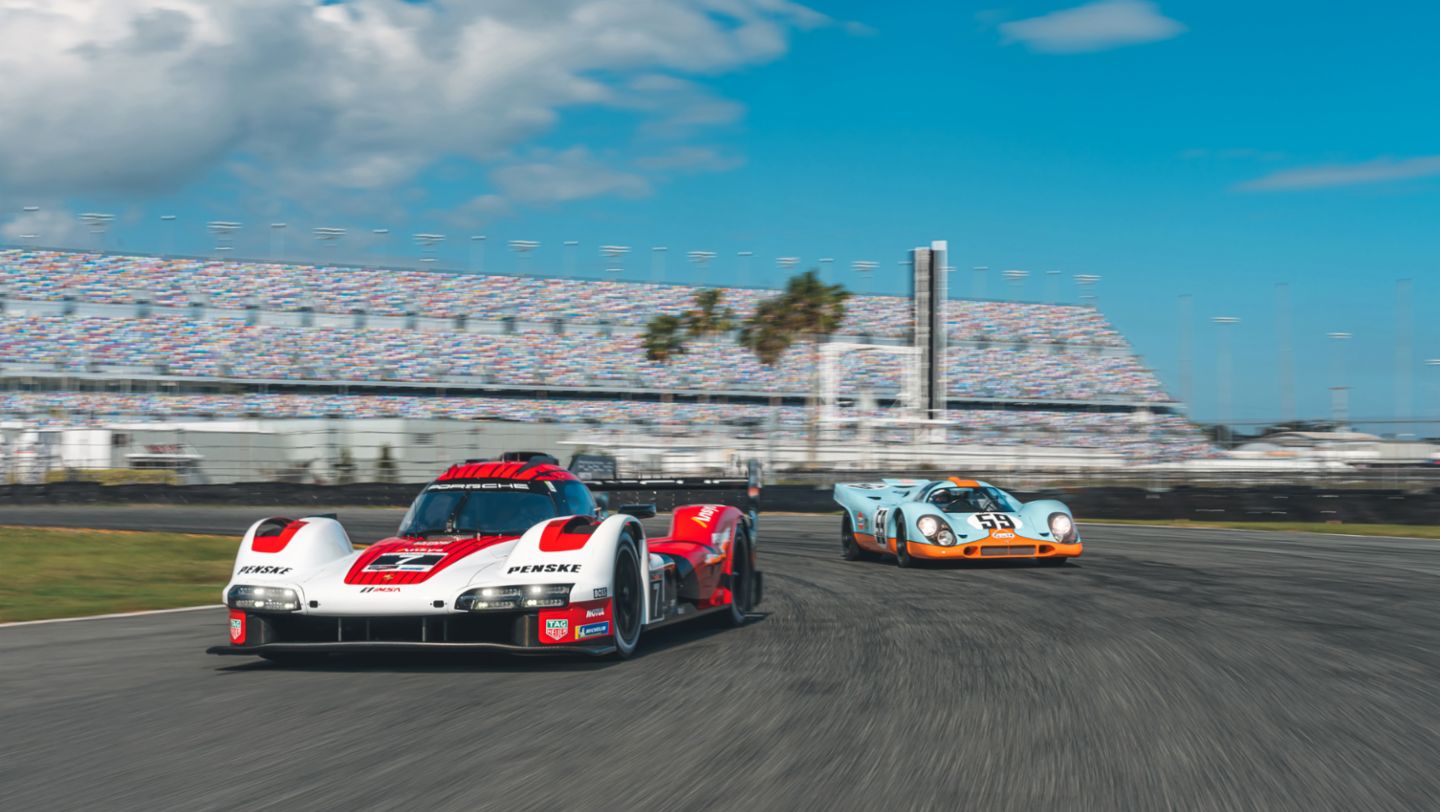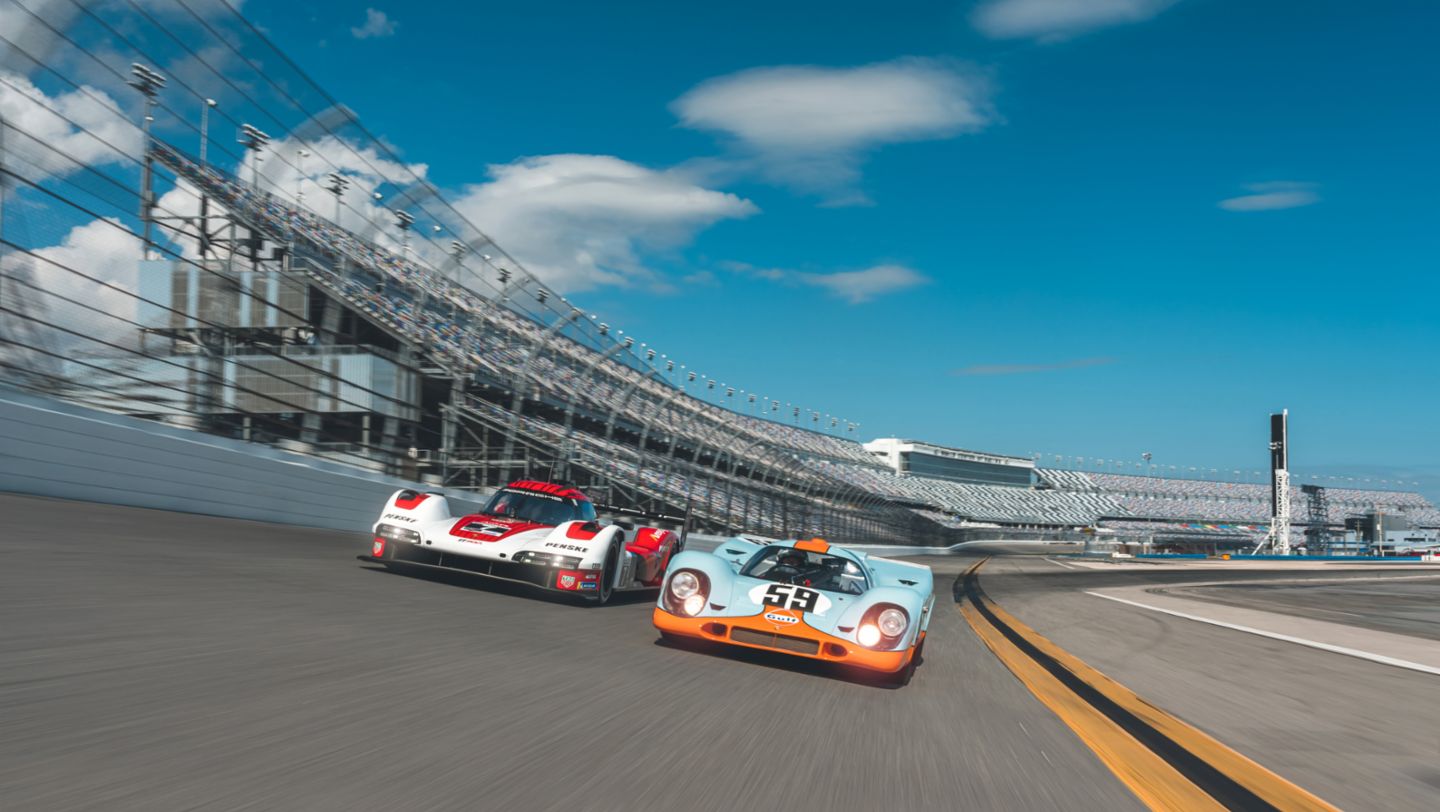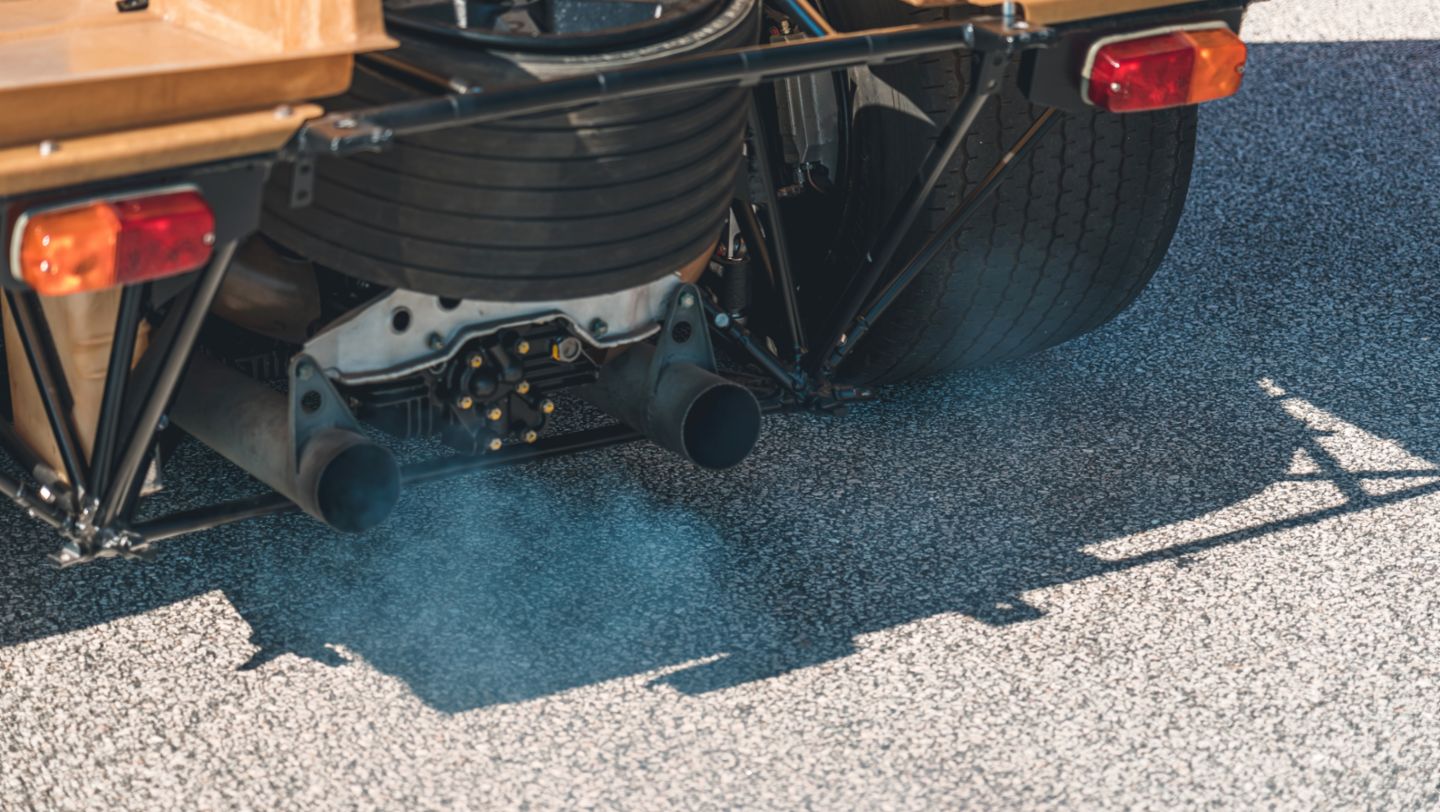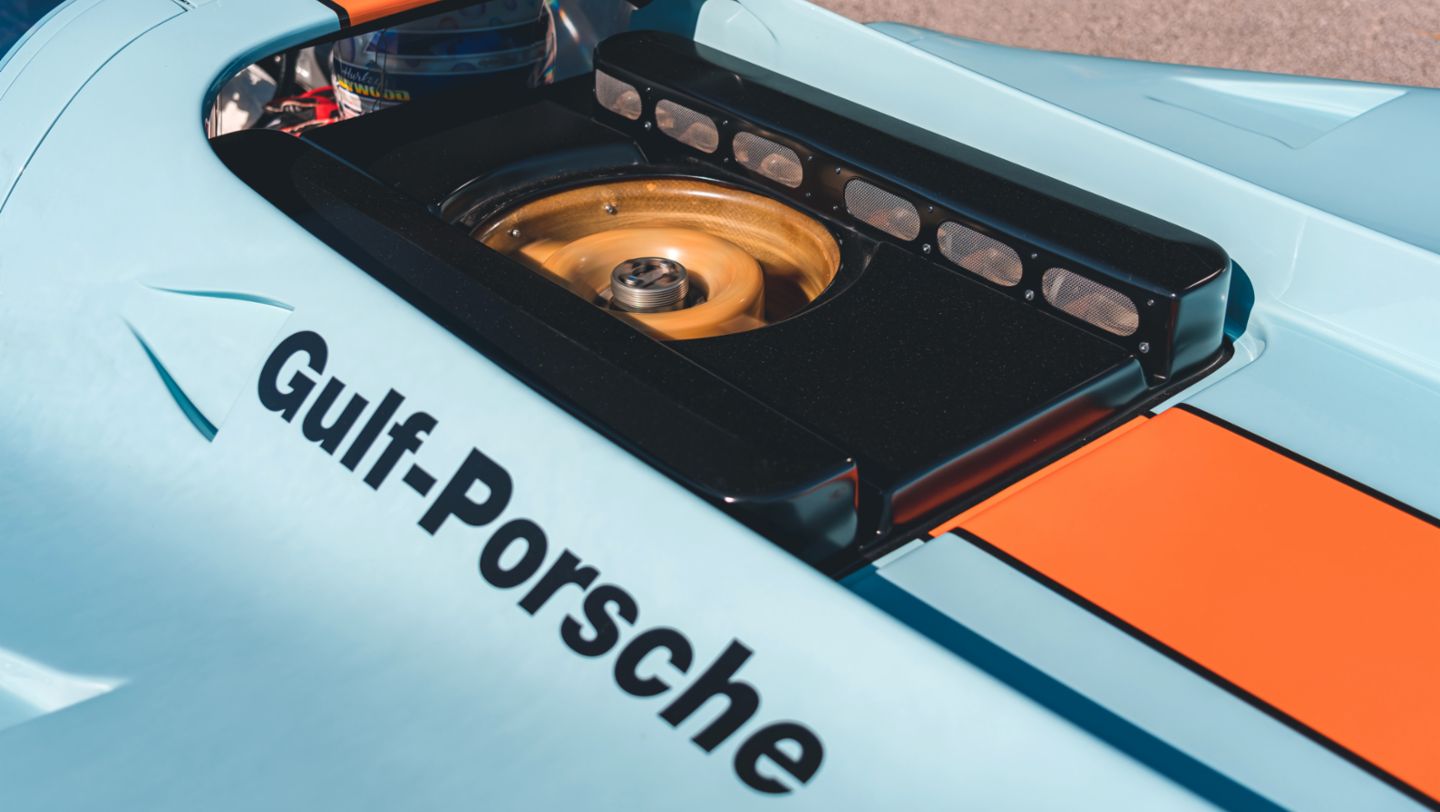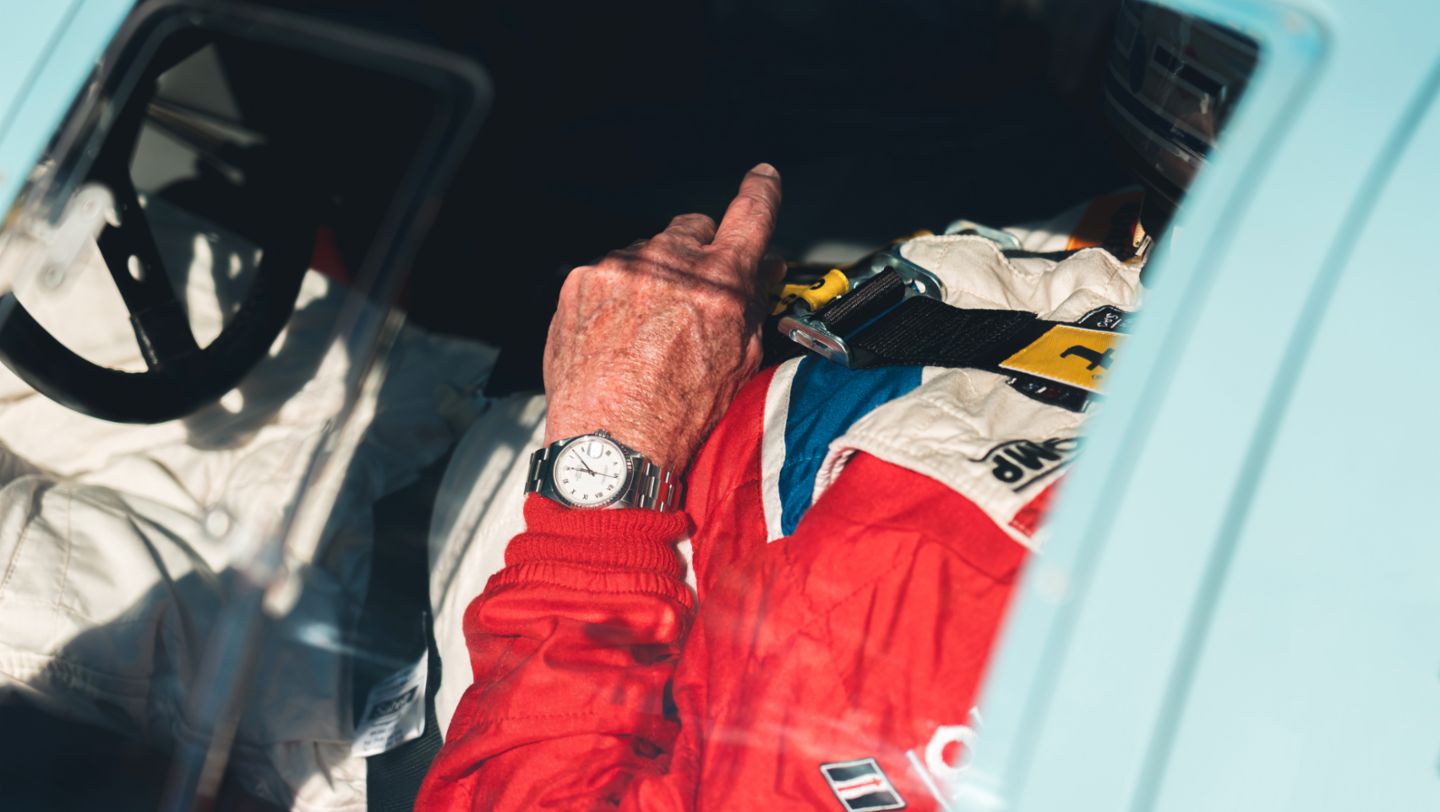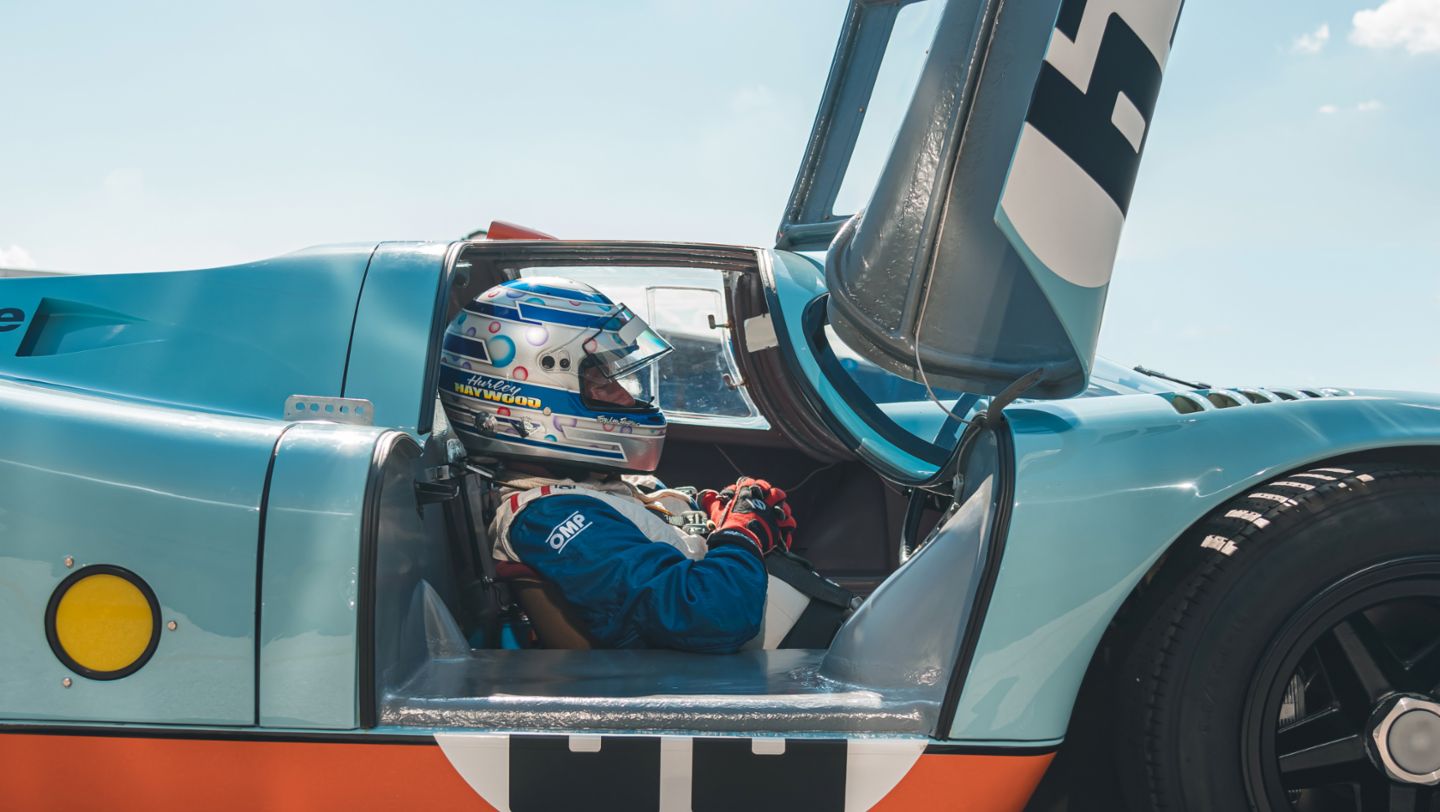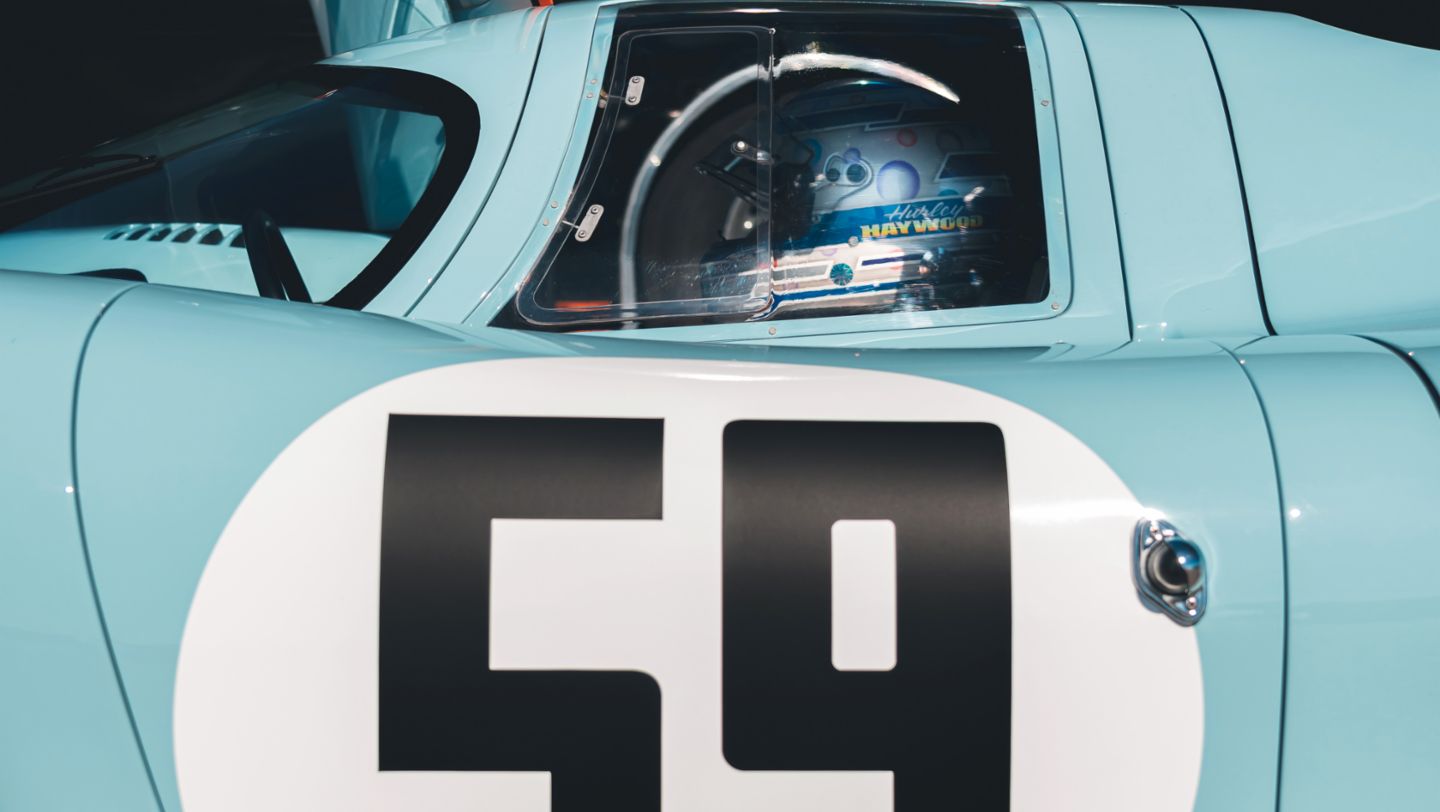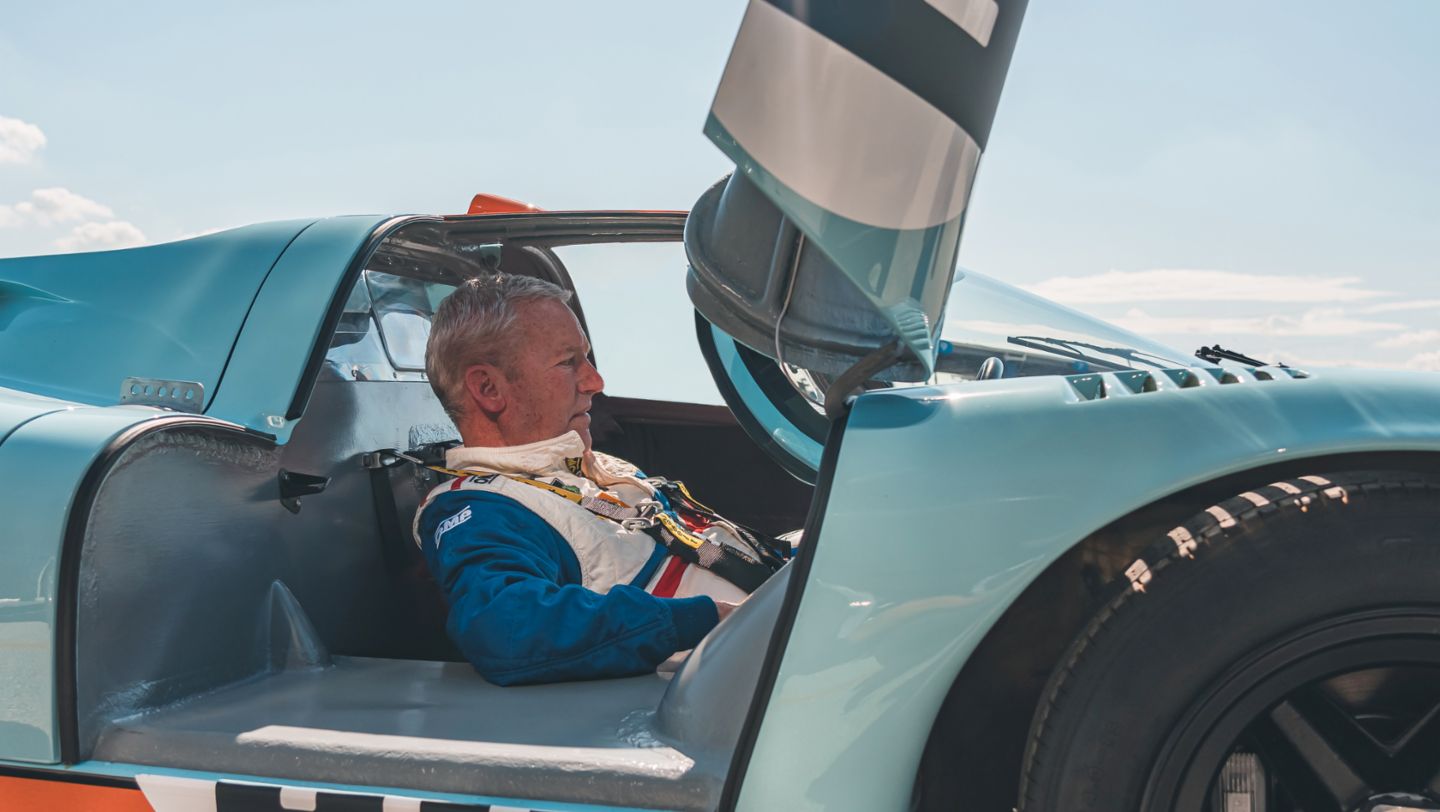It takes more than one calculated gamble during a career to reach over 30,000 race victories. They do not come without courageous minds willing to dream bigger and drive limits further. In 2023, Porsche sets out on its newest challenge, one that will drive not only the future of the German sports car manufacturer but the automotive landscape as a whole. As they have always done, the marque will use motorsport to test its boundary pushing technology. The Porsche 963, making its international competition debut on January 28/29 at the Rolex 24 At Daytona, is the latest iteration of a decades old tradition of testing its industry advancing technologies on the race tracks of the world. Motorsport is a calculated gamble where every detail is dissected to maximize its return but testing and preparation only go so far. This is where the gamble begins.
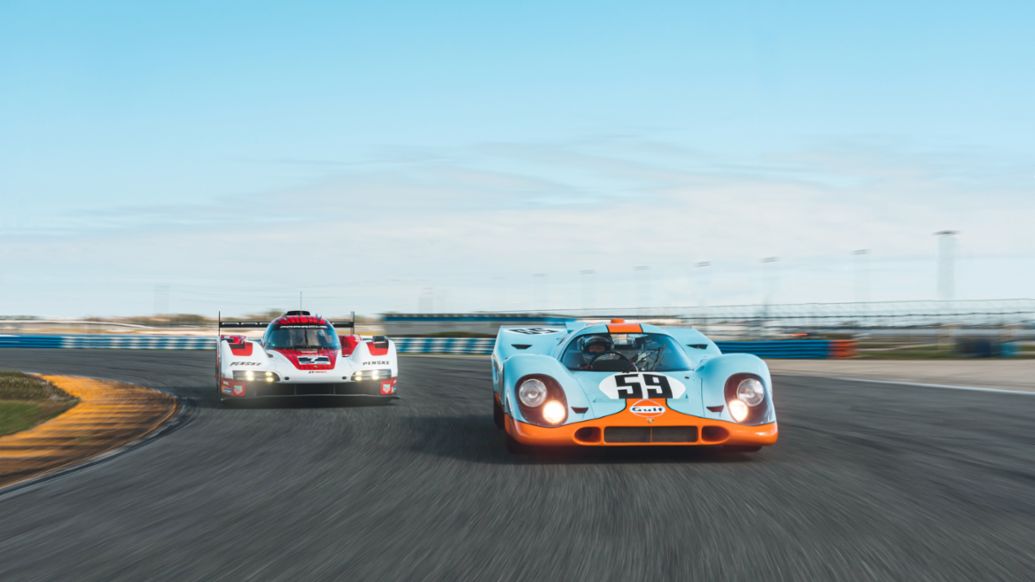
Porsche’s goal to create the world’s top performing sports cars has always come through efficiency; driven by what daring thinkers have crafted for the circuit then transferring it to the street. The first to announce its participation in the new international prototype race platform known as LMDh (Le Mans Daytona Hybrid), Porsche was also the first to make its debut on a test track. It’s testing miles assisted the development of the standardized hybrid technology that will be shared across all competitors and it was the first to complete a 36-hour long pre-season test. The passion to perform and improve its road going counterparts has pushed the most successful sports car racing manufacturer to create a car that will contend for a record-extending 20th 24 Hour of Le Mans overall victory in the World Endurance Championship’s (WEC) LMDh category and in the GTP class of North America’s top long-distance series, IMSA. This month Porsche hopes to extend its current record at Daytona to 23 overall race victories.
Dating back to the unanticipated 1963 Porsche 550 Coupe and continuing regularly up through and including the Porsche 919 Hybrid which earned Le Mans overall titles 17 – 19, the Weissach, Germany-based Porsche Motorsport brain trust has pushed expectations, performance and efficiency with legends such as the 907, 908, 917 K, 936, 956, 962, RS Spyder and now with icon in the making the 963.
A legend himself, Hurley Haywood has witnessed many of these greats in person, wrestling several to record-setting victories at Daytona, Le Mans and Sebring. Having had the privilege of piloting a car from before his time, the pristine Porsche 917 K owned by The Brumos Collection, on track with the Porsche Penske Motorsport-prepared 963 at Daytona International Speedway last year, gave the five-time Daytona and three-time Le Mans winning ace an opportunity to reflect on the lineage of innovation, and success, enjoyed by the brand.
“What Porsche really does well is get everyone on the same page,” provided an insightful Haywood. “Porsche isn’t interested in who sets the fastest time of the weekend because people only remember who wins the race. So that is the goal. There are many racing drivers who have only driven for Porsche for a very short period of time because they tried to influence the engineers on where they wanted to go. My approach is to articulate what a car is doing very clearly and then let them develop it. That works well for Porsche historically. You see in the lineup for Daytona that the Porsche drivers are drivers with a long history with Porsche. That provides some insight - the approach remains the same today.”
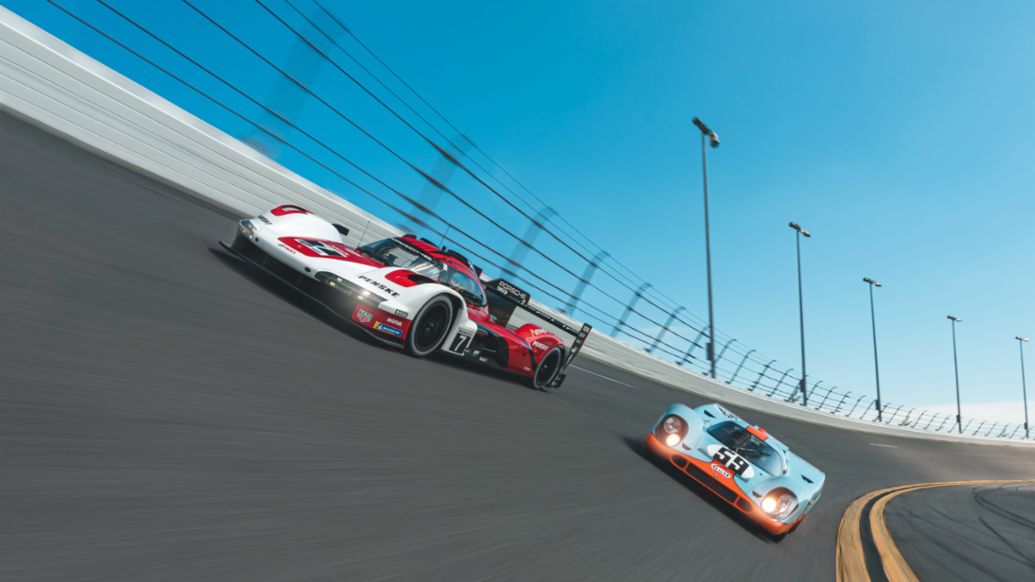
Porsche uses motorsport to drive technology. The 963 is the latest in the line of Porsche racing machines that don’t merely dip a toe into uncharted motorsport waters but are an immersive plunge into the future of automotive performance. In compliance with the international LMDh regulations – raced under the GTP banner in IMSA competition – the Porsche 963 is based on an LMP2-category chassis. This newly developed chassis is supplied by the Canadian high-tech company Multimatic. Bosch, Williams Advanced Engineering and Xtrac contribute the standard hybrid components. At the heart of the powertrain lies a twin-turbo 4.6-liter V8. The engine is based on the high-performance 918 Spyder hybrid sports car. Its DNA goes back to the RS Spyder racing car, with which Porsche and Team Penske notched up many victories between 2005 and 2008. The design of the new Porsche 963 hails from the victorious 956 and 962 classics from the 1980s.
Since December 2021, the Porsche 963 has tested at tracks in Europe and North America accumulating a total of 15,224 miles (24,500 km) on the two chassis prepared for the purpose. At the most recent round of testing, an endurance program at Daytona, the team ran for 36 hours covering 4,555 miles (7,331 km).
Haywood paid close attention to the development efforts of the 963 since its introduction, just as he has with so many goal-post moving Porsche race cars since the 1970s.
“Going back to the days of Peter Gregg, I have no idea how many new cars I have been a part of. The 956, 962, 917-10,” Haywood rewound. “Each one was an innovation. It was a solution to a problem. For instance, the 962 was the answer to IMSA not allowing the 956 to compete in North America because the driver’s feet were ahead of the front wheel centerline. So, Porsche brought the feet back and the wheelbase was lengthened and it became one of the most successful race cars ever built. It ran in various versions for over ten years. The longevity of it is amazing.”
Would America’s most successful sports car racer like to be strapped into the red, white and black mid-engine racer when the clock starts ticking at Daytona the last weekend of January?
“In one view, I am glad I am retired” the native of Chicago now living in Florida grinned. “I honestly don’t think I could drive a new car with all the responsibilities a driver has now. The cars are so electronically controlled. My foot was the traction control, my foot regulated the braking. I worked out to have the strength to move the wheel against all the force and now the cars have power steering. Shifting is on the wheel and the electronics regulate matching the engine revs with the transmission. My focus was entirely inside that race car and on the track for 100 percent of my stint. No outside interference. Now they have engineers speaking to them from pitlane requesting critical changes to the car, to the systems. All of that has to be done on the steering wheel, through a complex set of dials, buttons and paddles. This is spaceship kind of stuff. I am sure I could learn it but is a very difficult scenario for these modern guys to drive the cars competitively and fast, doing what had to be done in a car like the 917 K or the 936 or 962s that I raced plus all of these requests. Some things might be easier for them but there are so many additional responsibilities we didn’t have to deal with. It is a new world in many ways but the desire and drive to be the best never goes away.”
